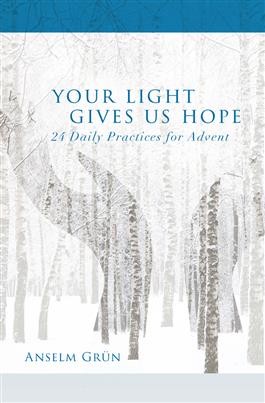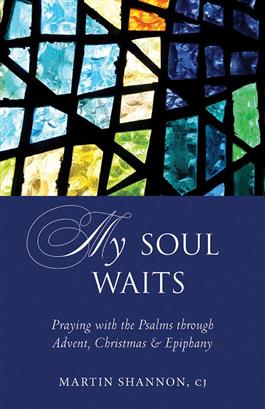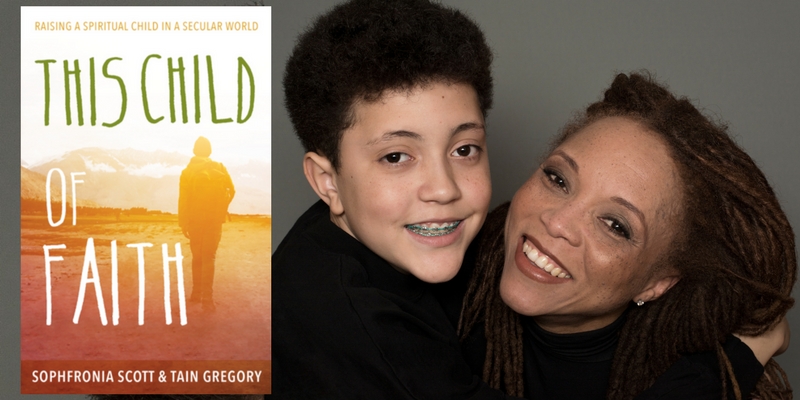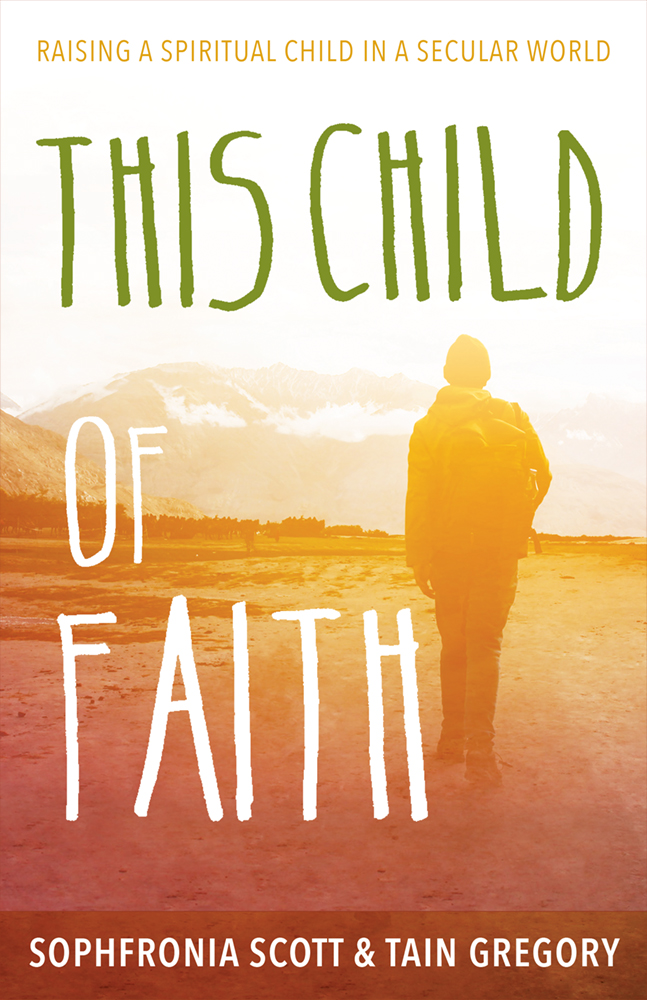Your Light Gives Us Hope: 24 Daily Practices for Advent
Anselm Grün, OSB
Drawing on his experience as a spiritual director, he offers practices for personal devotion or for family prayer for each day of Advent, approaching the festive season consciously, making it a blessed time for ourselves and our families.
From the Introduction
Advent, the Season of Arrival Advent is the quiet season when we wait for Jesus’s coming. For the word Advent simply means “arrival.” We wait for Jesus’s arrival in our heart. But we also wait for his coming at the end of the ages. Over the ages Christians have celebrated this season as a special time of preparation leading to the celebration of Christmas, one marked by many family observances. It is a season when we draw on traditions and rituals that usher us into the mystery of Christmas, not simply in the church but in our daily lives. In such ways, we come to discover the theological truth of this season in intimate ways that stir our hearts.
 In this book, I hope to introduce the most important message of Advent through brief, daily meditations that explore some particular aspect of this message, together with a practice inviting you to deepen your experience of its meaning in your daily life.
In this book, I hope to introduce the most important message of Advent through brief, daily meditations that explore some particular aspect of this message, together with a practice inviting you to deepen your experience of its meaning in your daily life.
You will also find here short chapters introducing the message central to each of the four Advent Sundays. The first of these Sundays focuses on apocalyptic passages from the Scriptures that tell of the end times and warn us to be watchful. The second and third Sundays place John the Baptist at the center of the story, the voice “crying in the wilderness,” calling us to repent and await the coming Messiah. The fourth and final Sunday focuses on Mary, who is to give birth to the promised Savior. She embodies the true meaning of Advent, directing us toward Christ, who is coming to us and also desires to be born in us. For this reason, I have included a meditation for each of these Sundays, alongside one for each of the days in December leading up to Christmas. My intention throughout is to offer these reflections in order that the mystery of Advent might illumine our daily lives as well as those of our families and church communities.
It has long been customary in Germany, as in the United States, to hang up an Advent calendar at home during this season, with windows for each of the twenty-four days preceding Christmas. In earlier times, each concealed an Advent symbol, image, or Bible verse; today, though, these calendars seem intended mostly for children, with each window holding a piece of candy, chocolate, or a small toy. In this book, each day will offer a short reflection together with a simple practice designed to be used either singly or with one’s family or friends. For example, on the Saturday evening before the start of each new week during Advent, one might read the short biblical text that precedes each of these meditations, using this theme to shape one’s path through the coming week. Alongside these four entries is one for each of the days leading up to Christmas, offering a meditation on a particular theme and related practice to shape the day ahead. When we choose to give shape to Advent in such deliberate ways, we will find this season to be a time of blessing for us and for our families. In so doing, we learn to welcome this season as a time when we await Christ’s coming in our lives, thereby coming to experience Advent in a new way.
Today, the season of Advent has become a premature celebration of Christmas. As with the Christmas markets found in cities and towns all across Germany, department stores begin broadcasting Christmas carols in early November, weeks before Advent has even begun. This pushing forward of Christmas prevents us from experiencing the mystery of Advent as it should be celebrated. One of my intentions here is to recover the original meaning of this season as a time of stillness, waiting, and watching in order to experience more intentionally its saving power in our lives.
Yours, Fr. Anselm Grün, OSB
 As the latest Hollywood hit, “The Man Who Invented Christmas,” opens this weekend, Paraclete Press is preparing digital and social media tie-ins for a new illustrated edition of
As the latest Hollywood hit, “The Man Who Invented Christmas,” opens this weekend, Paraclete Press is preparing digital and social media tie-ins for a new illustrated edition of
 “We even imagine—and hope—that families will once again begin to read books like this aloud,” concludes Sweeney.
“We even imagine—and hope—that families will once again begin to read books like this aloud,” concludes Sweeney.




